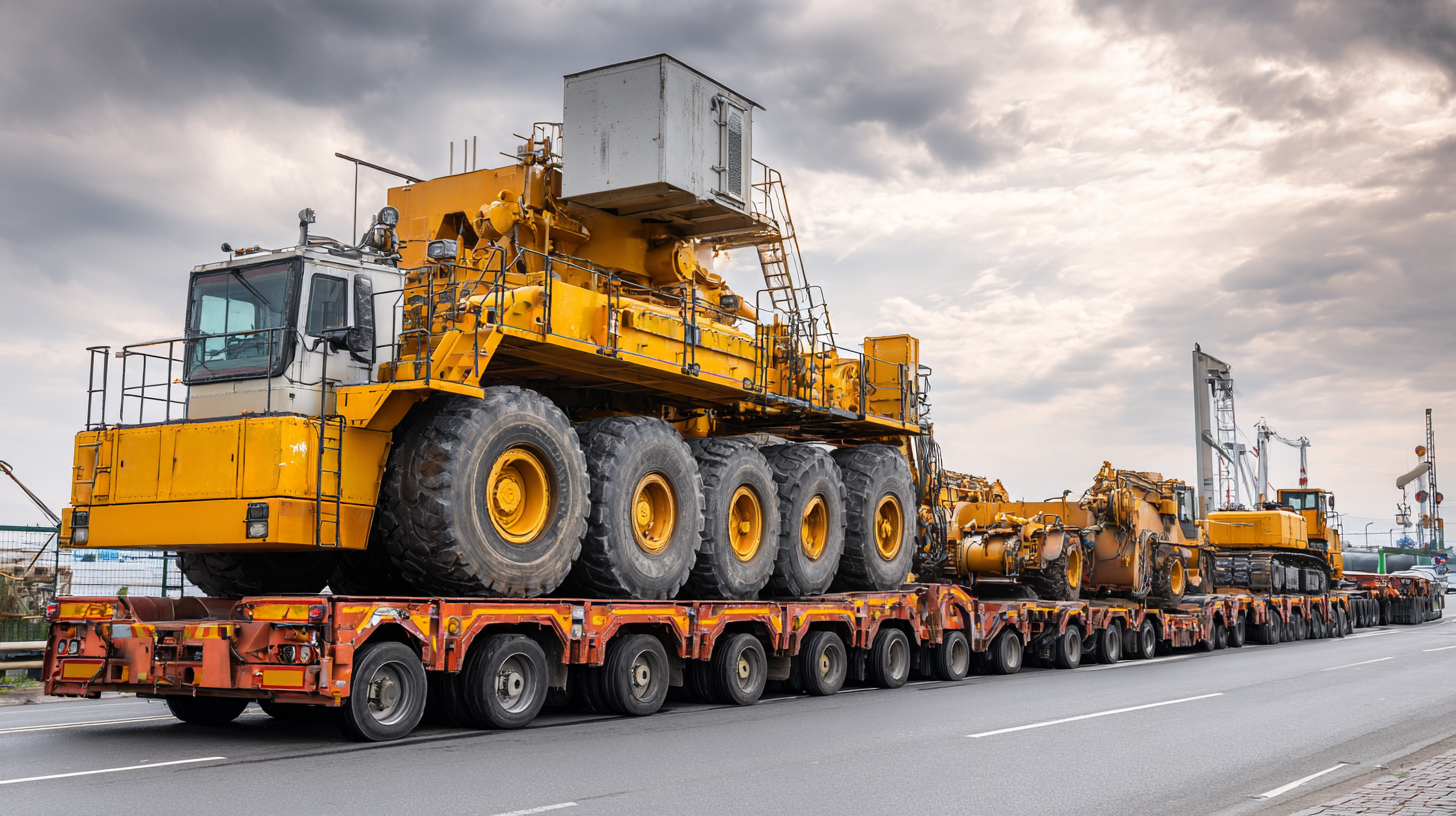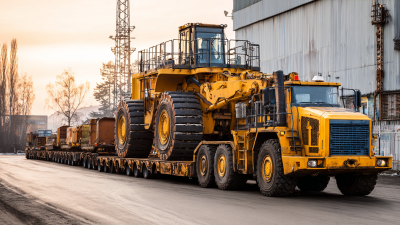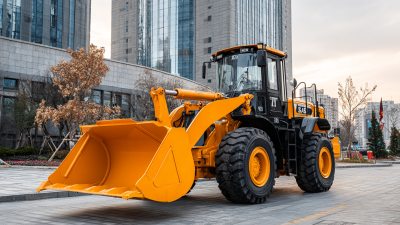Leave Your Message
-
Phone
-
E-mail
-
Whatsapp
In the ever-evolving landscape of logistics, the art of Heavy Machinery Transport has become increasingly critical, especially in 2023. As industries continue to expand and the demand for construction and agricultural equipment surges, navigating the complexities of safely and efficiently transporting heavy machinery is essential for businesses. Whether you're a seasoned professional or a newcomer to the field, understanding the key strategies to streamline this process can lead to significant cost savings and enhanced operational efficiency. This blog will explore five essential tips tailored for today's challenges, providing you with the insights needed to ensure that your heavy machinery reaches its destination safely and on time. By adopting these best practices, you can enhance your transport operations and contribute to the overall success of your projects.
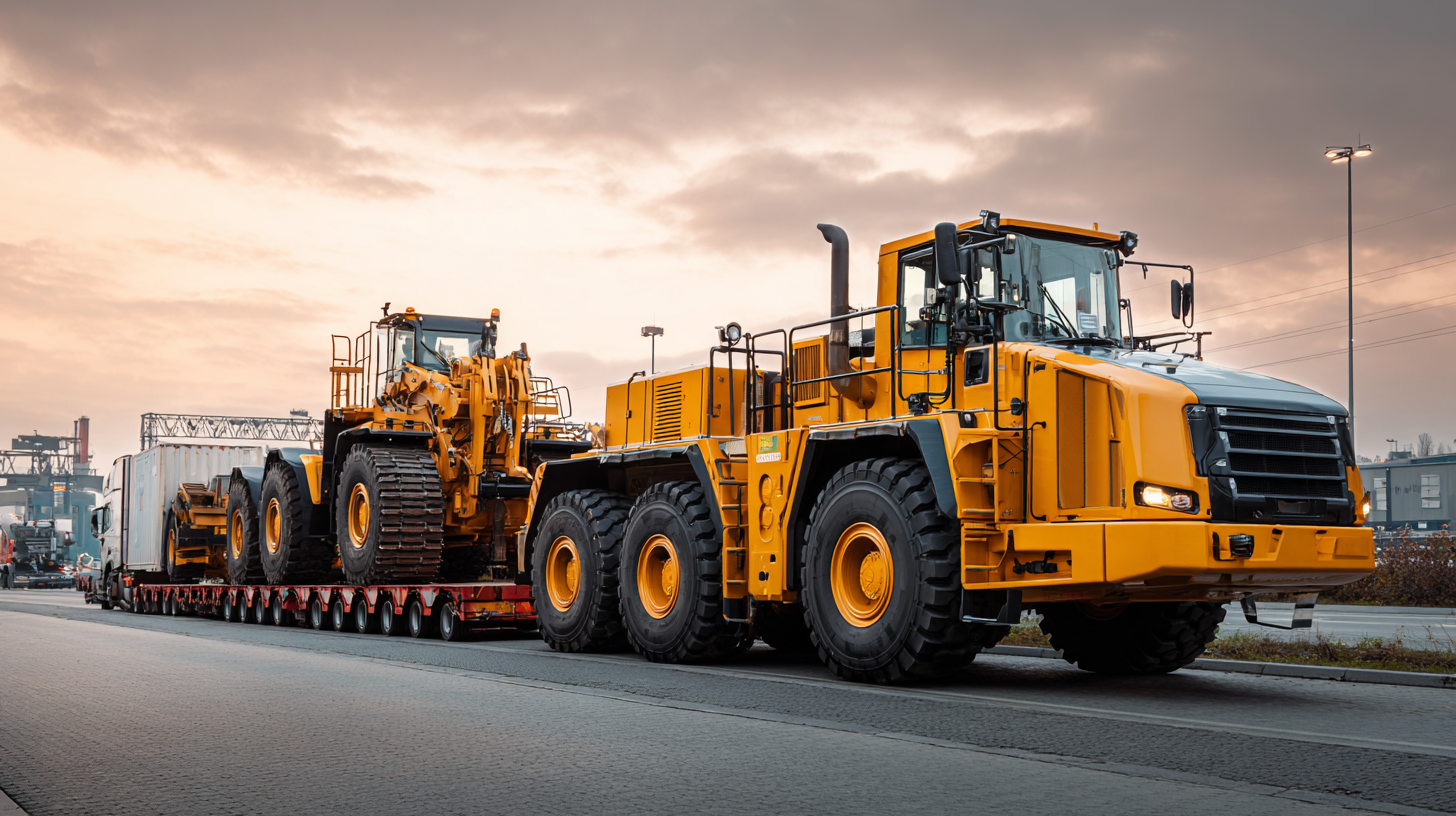
When selecting the right transport company for heavy machinery in 2023, several essential considerations should be prioritized to ensure efficiency and reliability. First, the expertise of the transport company in handling heavy machinery is paramount. A well-established company with experience in logistics and supply chain management can minimize downtime and streamline the transportation process. Experts suggest that effective supply chain management can reduce costs by up to 30% and enhance delivery times by significantly optimizing routes and processes.
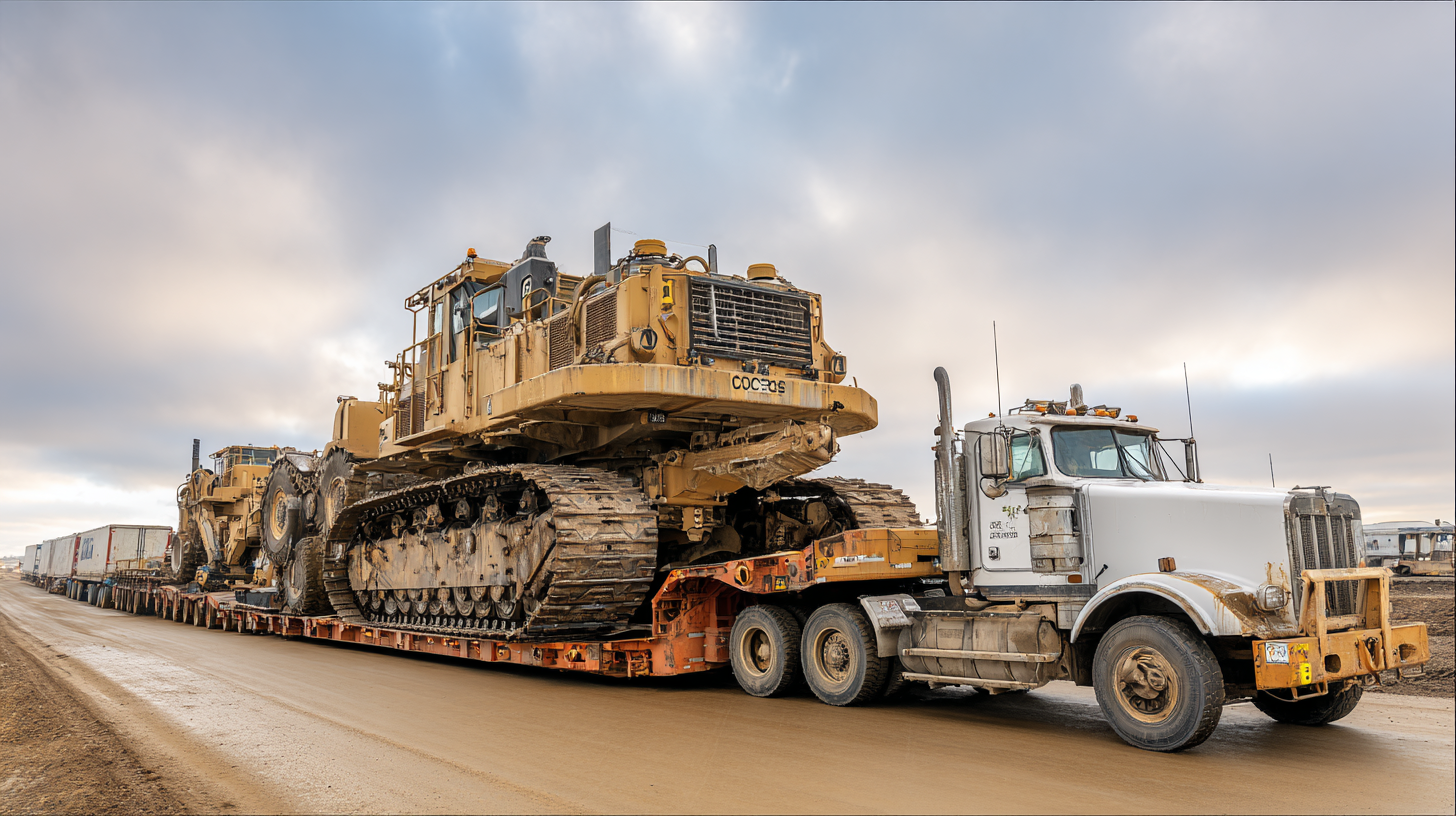
Another crucial factor is the technology used by the transport company. Integrating advanced technologies such as deep learning and machine learning into logistics can provide real-time tracking and enhance decision-making processes. These technologies not only improve operational efficiency but also provide valuable data analytics that help in predicting potential delays, thus ensuring timely deliveries. Companies utilizing tech-driven approaches will likely lead in the competitive landscape, as noted by industry reports that predict a seismic shift toward automation and AI in logistics by 2025.
Finally, safety standards must not be overlooked. Choosing a transport company that adheres to rigorous safety protocols ensures that heavy machinery is not only delivered on time but also arrives in optimal condition. According to industry data, companies that implement comprehensive safety training and monitoring systems can reduce accident rates by over 40%, significantly lowering the associated costs and risks involved in heavy machinery transport. Prioritizing these considerations will equip businesses with a robust framework for selecting a competent transport partner.
Transporting heavy machinery requires careful planning and strict adherence to safety precautions. According to a report from the National Institute for Occupational Safety and Health (NIOSH), nearly 300 workers are killed every year in heavy equipment incidents, underscoring the importance of maintaining a safe transport protocol. Here are three essential safety tips to ensure a secure heavy equipment transport in 2023.
In the rapidly evolving landscape of heavy machinery transport, leveraging cutting-edge tools and technologies is essential for enhancing operational efficiency. According to a recent report by the American Transportation Research Institute, innovative logistics technology can reduce transport costs by up to 15%, making it crucial for businesses to stay ahead of the curve. One of the key advancements is the use of telematics systems, which provide real-time tracking and performance data of machinery. This technology not only improves visibility but also facilitates proactive maintenance, significantly reducing downtime.
Moreover, the integration of automation and artificial intelligence into the transport process streamlines operations further. Automated transport planning systems can optimize routes and schedules, often resulting in a 20% increase in on-time deliveries, as noted in a study by the International Heavy Equipment Association. Additionally, utilizing electric and hybrid transport vehicles can lead to substantial fuel savings and decreased carbon footprints, aligning with industry trends focusing on sustainability. By embracing these innovative tools and technologies, companies can enhance their heavy machinery transport efficiency and position themselves competitively in 2023 and beyond.
When it comes to loading and unloading heavy machinery, safety is paramount. According to the Occupational Safety and Health Administration (OSHA), accidents during these operations account for nearly 20% of all construction-related fatalities. To mitigate these risks, ensuring that machinery is properly secured during transport can significantly reduce the likelihood of accidents. Utilizing specialized equipment such as ramps, hoists, and cranes designed specifically for heavy loads can make a critical difference in maintaining safety.
Proper training for personnel involved in loading and unloading operations is equally essential. Data from the National Institute for Occupational Safety and Health (NIOSH) indicates that inadequately trained workers are at a higher risk for accidents, which can lead to costly downtime and potential liability. Implementing a robust training program that encompasses the best practices for heavy machinery handling can greatly enhance workplace safety. Additionally, maintaining an open line of communication among team members during the loading and unloading phases helps to ensure that everyone is aware of their roles and any potential hazards, further enhancing overall safety in these critical operations.
| Tip Number | Best Practice | Description | Importance |
|---|---|---|---|
| 1 | Proper Planning | Assess the route, weight limits, and permits needed for transport. | Ensures compliance and safety during transit. |
| 2 | Choosing the Right Equipment | Select appropriate transport vehicles and tools for the machinery size and weight. | Minimizes risk of damage and enhances stability. |
| 3 | Secure Loading | Use straps, chains, and blocks to secure machinery during loading. | Prevents shifting and potential damage during transport. |
| 4 | Monitoring During Transport | Regularly check the load for stability and security during transit. | Ensures safety and helps address issues promptly. |
| 5 | Safe Unloading Procedures | Follow a step-by-step unloading plan to prevent accidents. | Critical for the safety of personnel and equipment. |
In the realm of heavy machinery transport, avoiding common pitfalls can significantly enhance efficiency and safety. One notable mistake is the misinterpretation of Incoterms, which outline crucial responsibilities regarding transportation, risk, and costs. Proper understanding of these terms is vital, as a lack of clarity can lead to unexpected expenses and liability issues during transit. Ensuring that all parties involved have a mutual understanding of these responsibilities helps streamline operations and minimize disputes.
Additionally, it's essential to recognize the inherent risks associated with heavy machinery transport. According to the Bureau of Labor Statistics, nearly 20% of the 5,190 fatal work injuries reported in the U.S. in 2021 occurred in the construction industry, primarily involving heavy equipment. This underscores the importance of comprehensive safety protocols and training in mitigating risks. Companies should invest in proper training and adhere to OSHA’s “Fatal Four” guidelines to reduce the likelihood of severe incidents during machinery transport. By emphasizing safety and clarity in logistics, organizations can prevent costly mistakes and protect their workforce.
